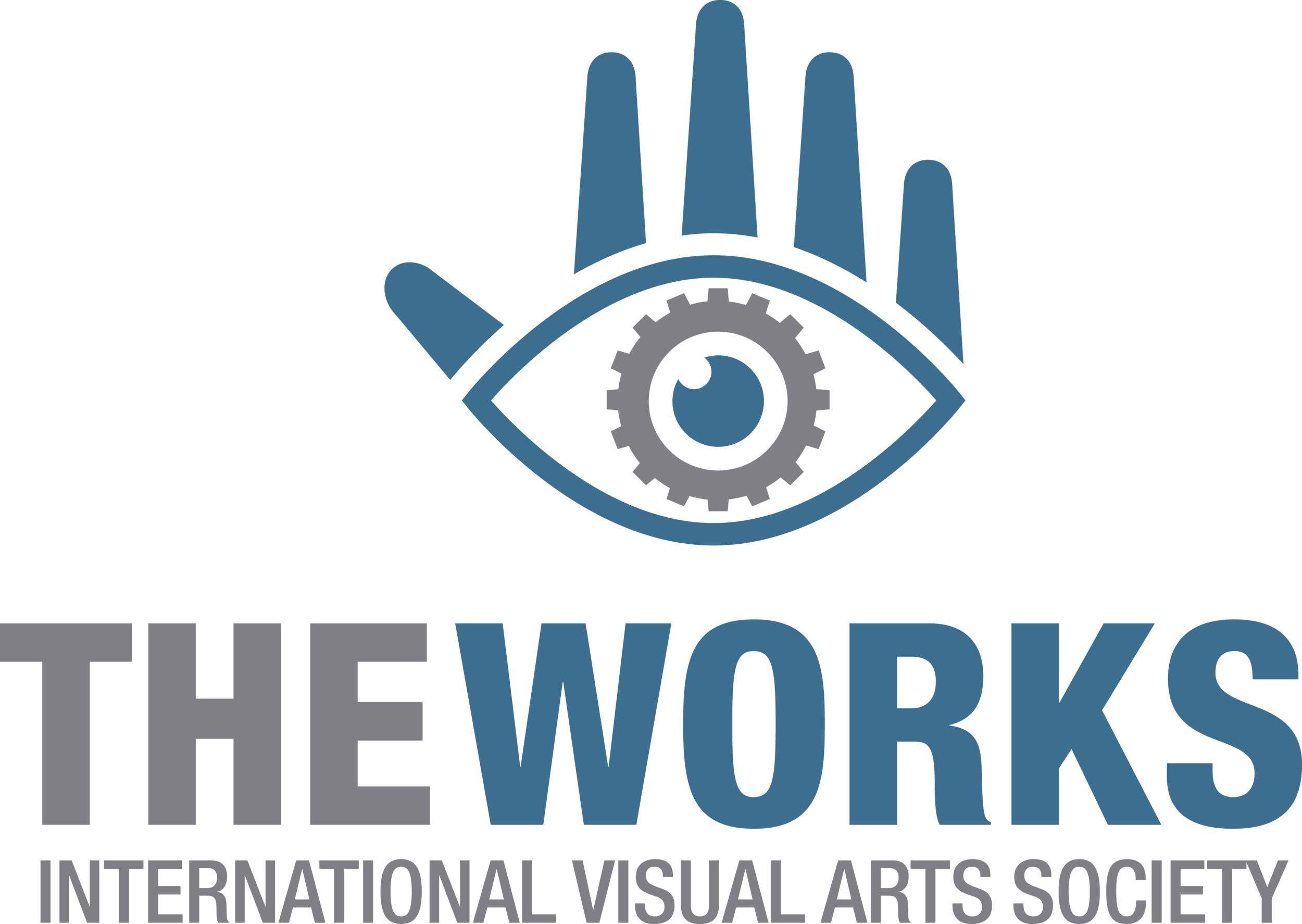Text Crutch: Jennifer Konanz
A Skype interview with Jennifer Konanz, who will be showing work at Text Crutch, curated by Robert Harpin. The show will run from October 26 - November 2, 2013 at The Works Gallery at Jackson Power (9744 60 Ave). The opening reception will be held on October 25th, 7 - 10pm.
How do you incorporate text in your work?
I’m getting into sign painting. So, I’m not concentrating as much on art pieces as much as learning how to sign paint and using text in that way. So, that’s sort of a new way for me of incorporating text. It almost feels like I treat it as an image because you’re making these words really sort of come to life and have their own presence. A lot of times there are few words too. So it almost feels like the words are more becoming images now with the sign painting.
Do you consider the signs works of graphic design or art?
I think the handcrafted quality of it makes it start to feel along the lines of the artistic. In terms of concept, like if you’re making a sign for a specific purpose, you can’t make them ironic or things get confusing—obviously. But I mean in terms of the aesthetic, I think there’s lots of opportunity to play with that. And that, I think, crosses into the artistic realm. With so much stuff being digital and done on the computer, I think that branch of design is clearly establishing itself as separate from what art is trying to do. But the old graphic design and the old way of doing things was more like working with your hands or painting or making stencils and stuff. That feels more like a cross between the art and design worlds.
So you think the divide between graphic design and art has widened due to technological advancements?
I think that the process of working through visual problems has become a little different: it tends to be a lot faster. So, attention to certain things has changed because you’re building words and you’re building images so quickly and you’re able to go back and forth, and just make such quick decisions. It depends on how you approach it because the computer is just a tool—like everything else—I think it can be just as artistic. But I think there’s a large amount of people who are maybe not treating it that way. I see a lot of good stuff and see a lot of ways, I think, where the computer is over-relied on, which I think kills a little bit of that artistic aspect to it, in my opinion.
How is working with text different than using other design elements?
I think because of the obvious meaning attached to words, I think it’s a bit more [difficult to use]. When you’re using it in an ambiguous way or in a more creative way or artistic way, I think it’s even more difficult to use. Maybe that’s why I didn’t use it for the longest time, until graphic design made it safer for me to use. I played with it more, and then I was like, okay, I kind of know how to break it apart and treat it so that it’s not so literal. I think it can become really literal, which is what makes it really hard to get away from … Someone I really appreciate, again talking about using text as images, is the designer Stefan Sagmeister, where he actually takes words and makes them out of objects and photographs them. They’re text but they’re images, but then you also read them as objects. So that’s an interesting way to break the text apart. The meaning behind it that you’d obviously come to starts to break down and that’s where I think some really interesting things start to happen. So, I’d like to make more stuff like that.
What sign will you be showing at Text Crutch?
The one I’m planning for The Works is playing off the function of a sign being very obvious. So, I think it really works with how I’d like to work with text. Sometimes I have to be very literal with it. Obviously, when I’m making signs for a purpose—it has to communicate what it does. But this is sort of a fun opportunity, where I get to be a bit more ambiguous with it.
Handcrafted signs by Jennifer Konanz.
From Having Guts Always Works out for me, Stefan Sagmeister



